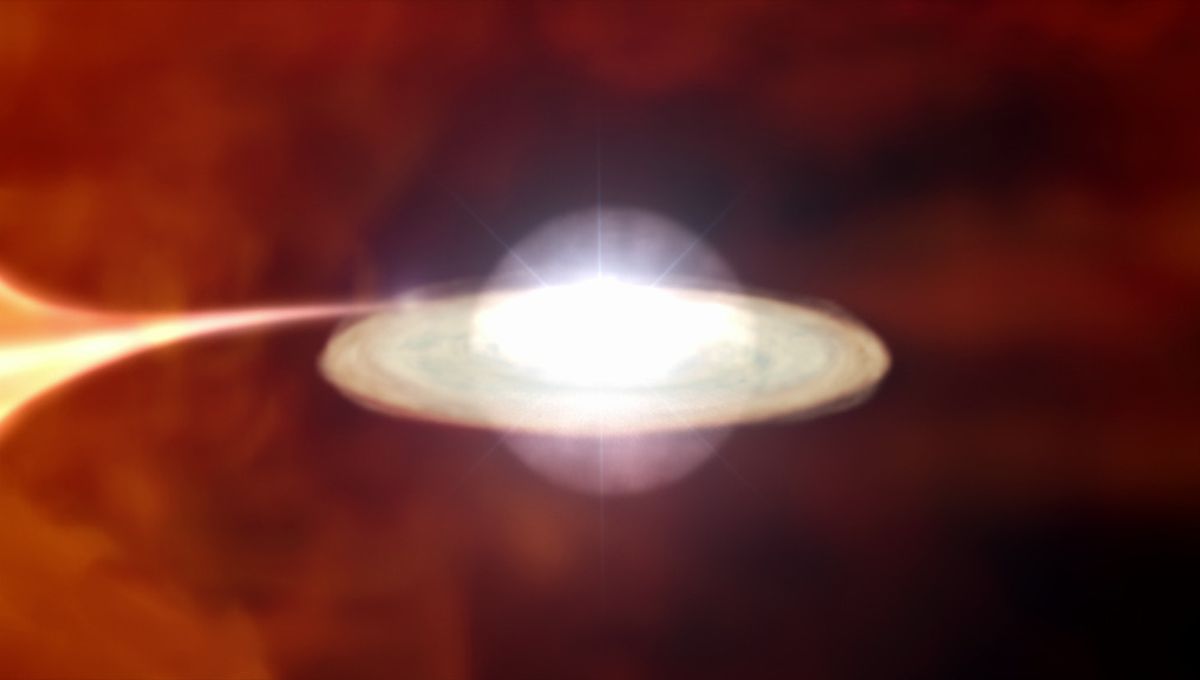
When is the Blaze Star going to go nova? T Coronae Borealis has earned that nickname because it is capable of a sudden increase in brightness, a phenomenon that repeats every 80 years more or less. We are due for such an explosion, and a recent research note posited a few possible dates for the eruption based exclusively on the timing of the star going nova in the past. The first date for it is March 27, 2025.
ADVERTISEMENT
Novae are not to be confused with supernovae. In the latter, the star explodes, destroying the original star. T Coronae Borealis is a binary system with a red giant and a white dwarf. The white dwarf is a thief, stealing material from its companion. The material accumulates on its surface. Over time, the temperature and pressure of the material increase, and the material experiences a thermonuclear reaction. It goes boom, making the system so much brighter that T Coronae Borealis becomes visible to the naked eye.
Over the last year or so, T Coronae Borealis has reached a point where it’s considered due to explode. The exact “when”, though, is an open question. We can divide astronomical phenomena into two main categories, with the occasional exception. There are things we can predict with high precision, like eclipses, and the position of planets and other celestial bodies; and things that appear to be completely random, such as stellar explosions.
Recurring novae, like T Coronae Borealis, are in the small third category. If the period is not too long, we might have observations in the past that we can use to predict future events. For T Coronae Borealis, novae were documented in 1787, 1866, and 1946. It is also believed that an even earlier eruption was recorded in a medieval manuscript from 1217. This has given us a rough period, but the details are sketchy.
ADVERTISEMENT
We do lack a detailed understanding of how such a nova is created, so studying it is crucial to bridge that ignorance gap. In a recent research note, Jean Schneider made some predictions based exclusively on the eruption dates of the past and the orbital motion of the two stellar objects, as it seems that the period of the nova is connected this.
The first viable upcoming date is March 27. Then it’s November 10, followed by June 25, 2026. None of these days are certain and it might even extend into 2027. The fact that we can’t predict this eruption adds to the interest in this event, and hopefully the observations that professional astronomers and citizen scientists do today might help predict the future eruptions – and maybe even many other recurring novae.
Source Link: T Coronae Borealis: Your Once-In-A-Lifetime Chance To Watch A Star Go Nova Could Come Next Week